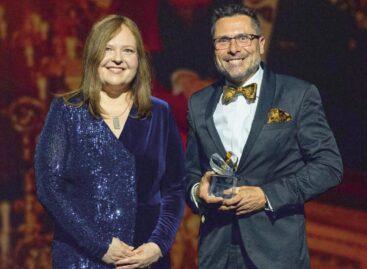What is value and what is a clishé?
THEY are two of the world’s most acclaimed chefs, each with a raft of awards, a constellation of stars and schools of kitchen alumni spreading their gospel. So when the American chef Thomas Keller and Andoni Luis Aduriz of Spain sat down last week for a joint interview, they were in a position to back each other up while slicing through some of the profession’s favorite platitudes.
Supporting local agriculture and food traditions? Far too narrow a goal, they said.
Chefs’ obligation to help save the planet? A lofty idea, they agreed, but the priority is creating great, brilliant food.
“With the relatively small number of people I feed, is it really my responsibility to worry about carbon footprint?” Mr. Keller asked. “The world’s governments should be worrying about carbon footprint.”
The two men were at Per Se, Mr. Keller’s New York restaurant, as part of the kickoff for Mr. Aduriz’s first English-language book, “Mugaritz: A Natural Science of Cooking,” for which Mr. Keller wrote a foreword.
Mr. Aduriz is one of the figures — including René Redzepi of Noma in Copenhagen, Ferran Adrià in Catalonia and Mr. Keller — who have ambitious young chefs around the world hanging on their every word.
And though his bearing is modest, at 41 he is already one of the leaders of Spain’s cocina vanguardia, as the chef and owner of the rustic Mugaritz, outside San Sebastián in the Basque country. He is a pioneer in culinary aesthetics, using taste and technology to create potatoes coated in edible clay that look like just-dug stones; salads like snowfalls; and desserts that evoke dustings of pollen or skeins of frogs’ eggs.
“Each plate seems natural and effortless, but each ingredient is somehow more delicious and beautiful than you have ever seen it before,” said Wylie Dufresne, the chef at WD-50 in New York.
Related news
Related news
Eurostat: number of guest nights booked on online platforms shows stable growth in the EU
The number of nights spent in short-term accommodation in EU…
Read more >Rudolf Semsei wins award
In May the Hungarian Association of Executives held its 30th Manager…
Read more >NGM: the cash register in our pocket – the NAV ePénztárgép and NAV eNyugta applications can be downloaded for free
The cash register is in our pocket, the NAV ePénztárgép…
Read more >



